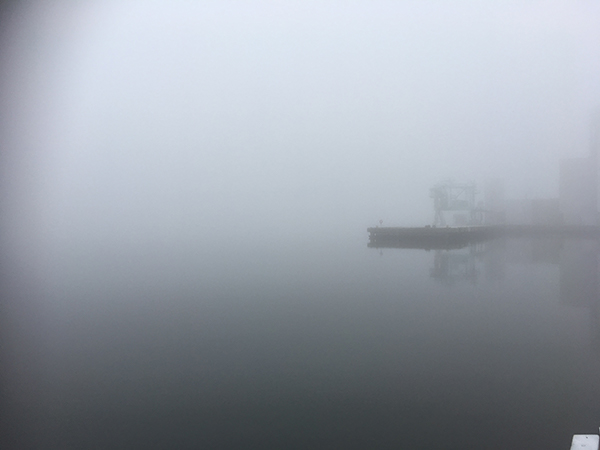On a student budget we usually buy commercial or farm-raised seafood that isn’t necessarily ecological. Fresh, frozen, organic, or farmed there are inevitable consequences to having such a luxury. Most students are aware the process isn’t to be romanticized, but it is when we delve deeper into the industry that the consequences truly emerge.
A fishing crew heads out early Saturday morning, their gear loaded up with a thermos of coffee and breakfast sandwiches ready to share. Out in the Baltic Sea to the southeast of Skåne, the fishermen are already wide awake while the shoreline off in the distance is asleep. Waves are crashing and they pull in their first gillnet of cod. Hours pass and finally the shore comes to life as dark grey clouds roll in and the wind picks up. A massive gust blows the fishing boat to the right and one of the gillnets fall into the sea below them. The fishermen quickly stabilize the vessel and are able to steadily guide themselves ashore.
Now the journey really begins as the net sinks to the bottom of the sea. A school of cod that managed to avoid the net earlier that morning are now consumed by the very same one. They sink to the bottom, struggling to free themselves. They have been ghost fished.
Ghost fishing is when fishing gear is lost at sea and continues fishing marine life. This has a variety of influences on the sea creatures as well as on humans because the gear used today is not biodegradable. Though ghost fishing has long been an issue, it did not come to light until the mid 1990s. The European Union (EU) has since then conducted many studies in attempt to identify prevalence and consequence in the region. The Institute for European Environmental Policy (IEEP) concluded in a report the part of the Baltic Sea along the south and southeast coast of Skåne, approximately 1500 nets are lost each year. Though this may not make up a large percentage (approximately 1%) of all nets, it is still significant enough to be a concern. The same report acknowledged the primary issues with ghost fishing:
- The continued capture of target and non-target species
- Problems for marine life that are entangled in gear or that ingest microplastic of gear that breaks down
- Physical destruction of parts of the sea as well as overall contribution to pollution in our waters.
These issues are all perpetuated by the fact that fishing gear is not biodegradable. Ironically gear used to be made from biodegradable materials such as hemp, but modern practices have converted to synthetics. Considering one of the primary concerns listed by the IEEP is ingestion of microplastics by marine life, I was surprised to find that the report did not further expand on the implications. If the fish that consume pieces of ghost gear end up on our plates we are literally consuming plastic. Though only 1% is absorbed, it accumulates in the human body over time.
How can we prevent this? The EU recommends buying local or fresh fish because it is easiest to obtain sustainability information and make a difference at the local level. The problem with this, however, is that for us here in Lund ’local’ includes from the Baltic Sea where one of the biggest dead zones lie, where there is a known problem with ghost fishing and over fishing in general. It seems the only viable solution in both the short and long term is to reduce the amount of fish that we eat, and push governments to make a difference by requiring biodegradable fishing gear. With World Water Week coming to a close in Stockholm this week, there is an array of accessible information for students to learn about issues regarding the reduction and reusability of water and waste. This years theme tackled Sustainable Development Goal (SDG) number five and six concerning overall pollution and waste generation in water bodies had relevant information on the consumption of microplastics as well as dead zones.









